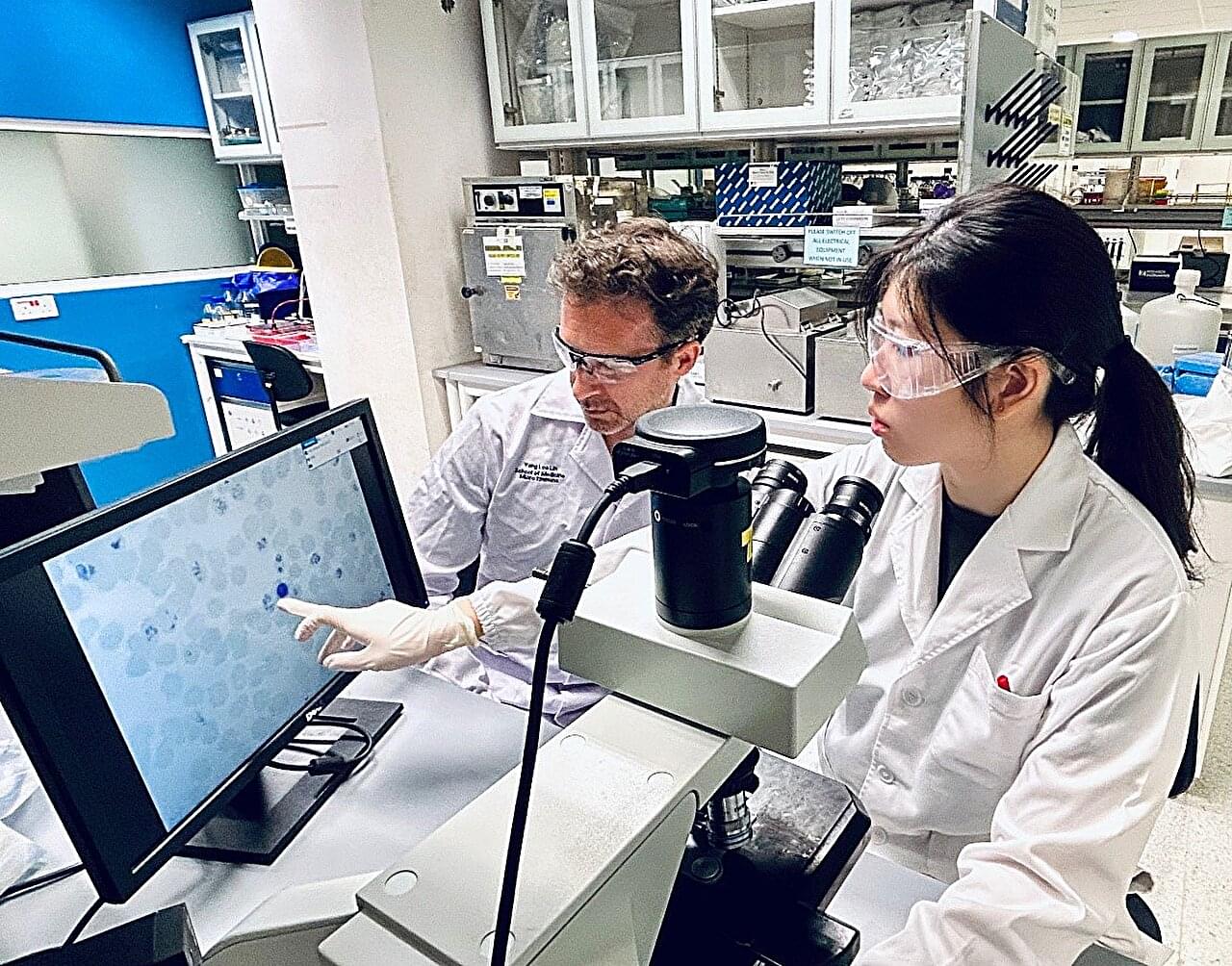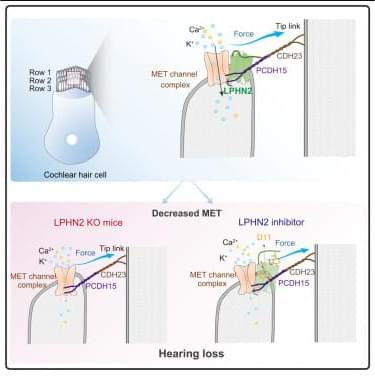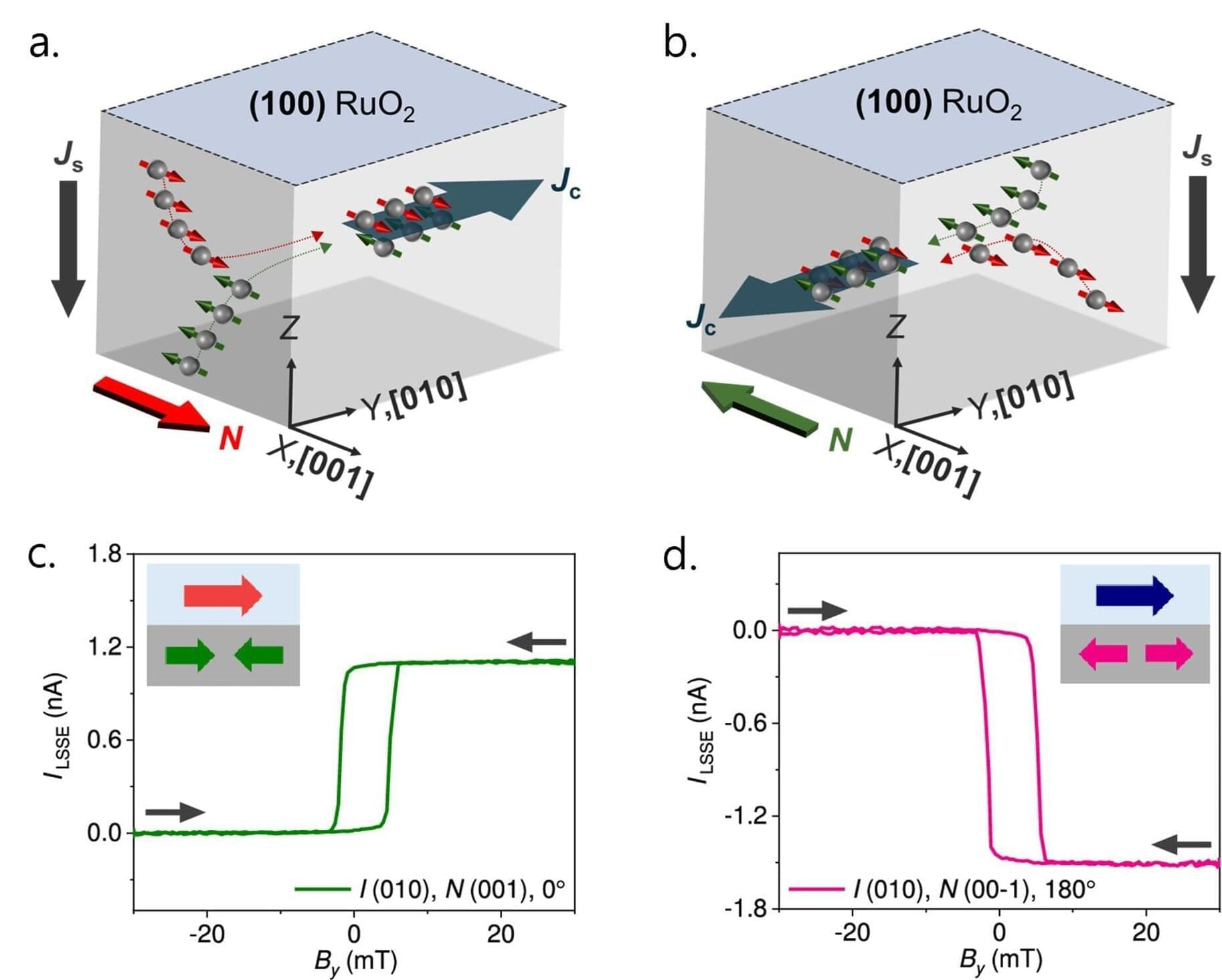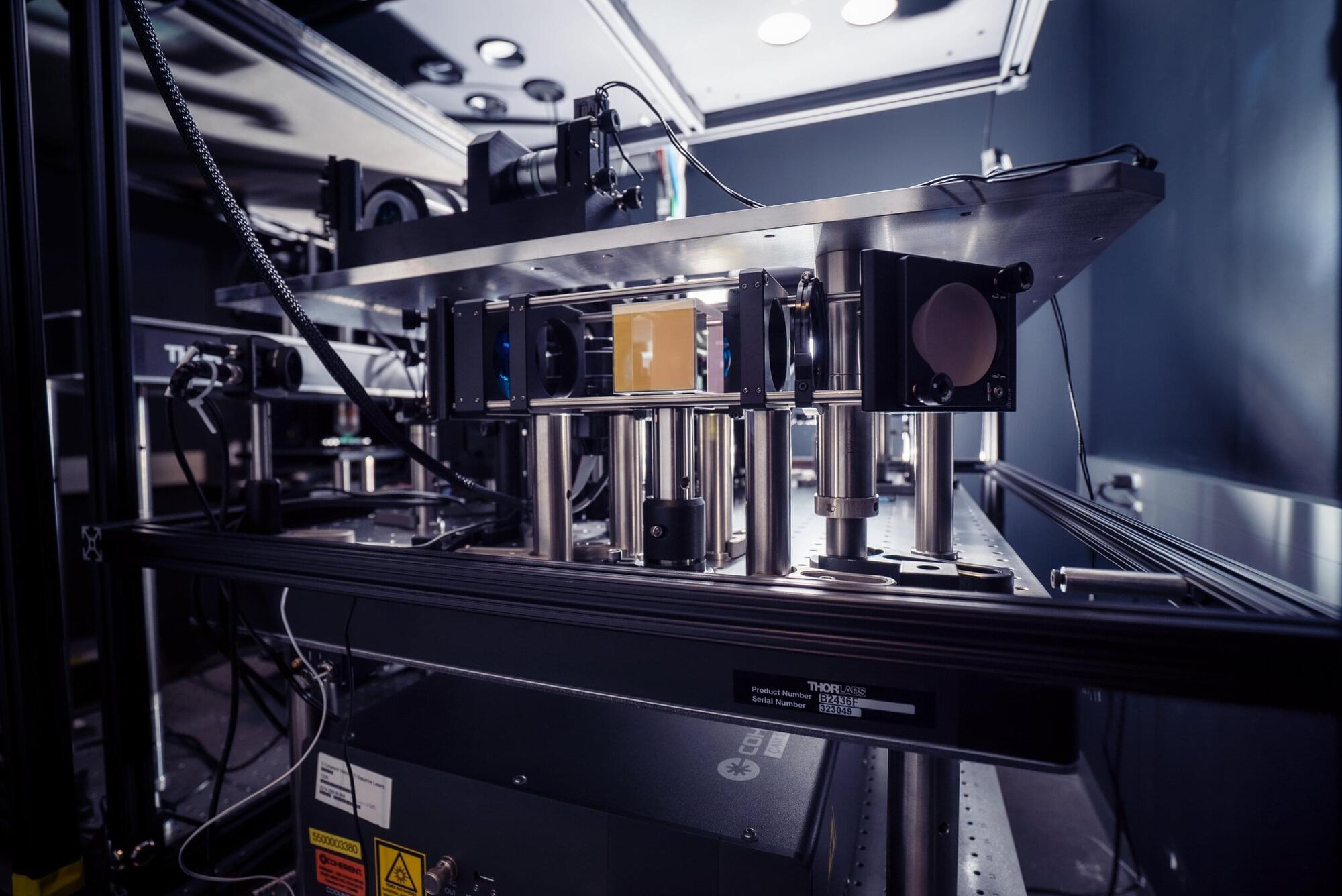New research from the University of Virginia School of Medicine is revealing why traumatic brain injury increases the chance of developing Alzheimer’s disease—and the discovery is pointing to a potential strategy to prevent the progressive brain disorder.
John Lukens, director of UVA’s Harrison Family Translational Research Center in Alzheimer’s and Neurodegenerative Diseases—housed within the Paul and Diane Manning Institute of Biotechnology—and his team discovered that even one mild traumatic brain injury can set off damaging changes, paving the way for the development of Alzheimer’s.
“Our findings indicate that fixing brain drainage following head trauma can provide a much-needed strategy to limit the development of Alzheimer’s disease later in life,” said Lukens, part of UVA’s Department of Neuroscience and its Center for Brain Immunology and Glia, and author on the new study published in Cell Reports.








